In Norway, it’s practically impossible to drive from one place to another without making a mountain crossing or riding on a ferry across a fjord. It’s a beautiful country but its intricate geography created by a maze of fjords, glaciers, and mountains meant that many Norwegian communities remain isolated from one each other during the long winter months. Neighbors may live less than a mile from one another, but on opposite sides of the fjord or mountain, and that’s a world apart. That was before Norway started building an extensive network of tunnels. If a mountain stands on the way, they will drill through it. A fjord is too long to build a bridge? Go under. Tunnels make driving through the country much more easier than taking circuitous routes along mountains or ferry hopping.
There are over 900 road tunnels in Norway with total length exceeding 750 km, and at least 33 undersea tunnels. According to one source, the count is even higher – above one thousand. For a country the size of Norway, that’s an awfully lot of tunnels.
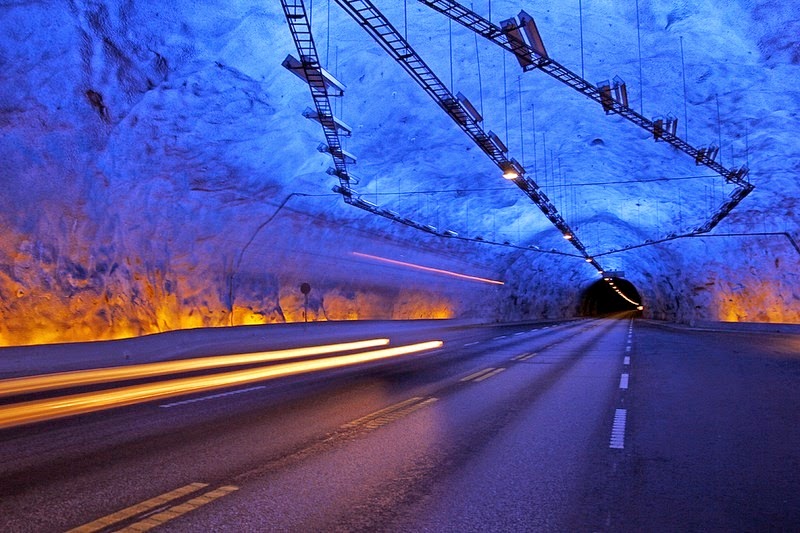
The Laerdal Tunnel. Photo credit
Wikipedia has a short list of some of the longest tunnels in the country. The longest of these engineering phenomena is the Lærdal Tunnel.
The Laerdal Tunnel is a 24.51-kilometre long road tunnel, the longest in the world, connecting the villages of Lærdal and Aurland, but fundamentally linking the capital of Oslo to Bergen and the country’s second-largest city of Bergen. To set the records straight, Laerdal Tunnel is the longest “road” tunnel. The true longest tunnel is the Gotthard Base Tunnel in Switzerland at 57 km, but it’s used only by trains.
The decision to build the Laerdal Tunnel was made in June 1992 when the government realized that a reliable all-weather snow-free, fjord-free land connection was needed between the two cities. The tunnel, which is one of many that lies along the European Route E16, allows uninhibited flow of traffic while preserving the alpine environment of the region.
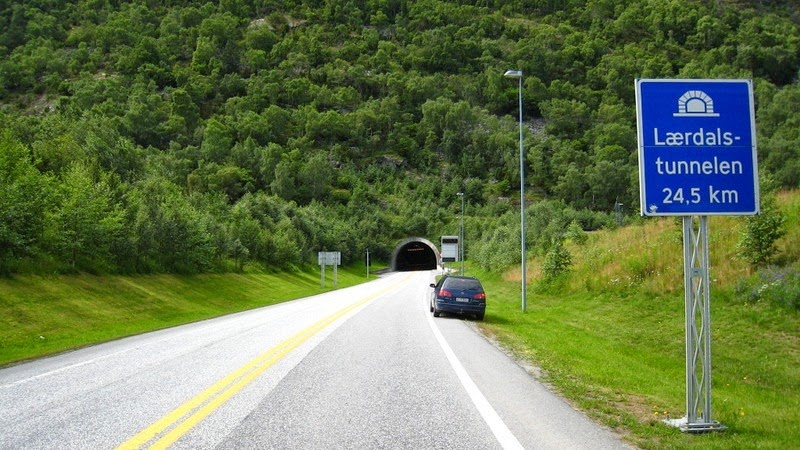
One of the challenges faced by the engineers was how to keep drivers alert through the 20-minute-long monotonous drive. This was essential or the drivers could lose concentration leading to accidents. To break the monotony occasional slight curves were included between straight stretches of the road, and at every 6 km interval is a large cavern. The caves are meant to break the routine, providing a refreshing view and allowing drivers to take a short rest. The caverns are also used as turn around points and for break areas to help lift claustrophobia.
Special attention has been paid to the lighting. Whereas white light is used in the tunnel itself, the mountain caves are equipped with blue and yellow light which gives one the illusion of driving into daylight every 6 km, and the golden light along the floor gives the illusion of sunrise. To keep the drivers from being inattentive or falling asleep, and thus causing head-on collisions, each lane is supplied with a loud rumble strip toward the center.
Another concern is ventilation. High air quality in the tunnel is achieved in two ways, by ventilation and purification. Large fans draw air in from both entrances, and polluted air is expelled through a single ventilation tunnel located 18km from the Aurland end of the tunnel. The Lærdal Tunnel is the first in the world to be equipped with an air treatment plant, located in a 100-meter cavern 9.5 km from Aurland, that removes both dust and nitrogen dioxide from the tunnel air.
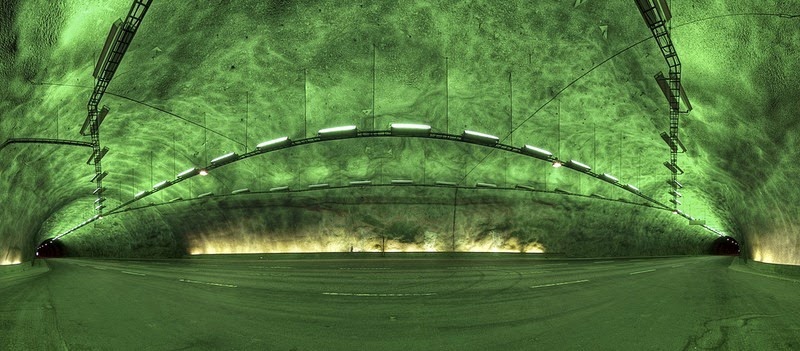
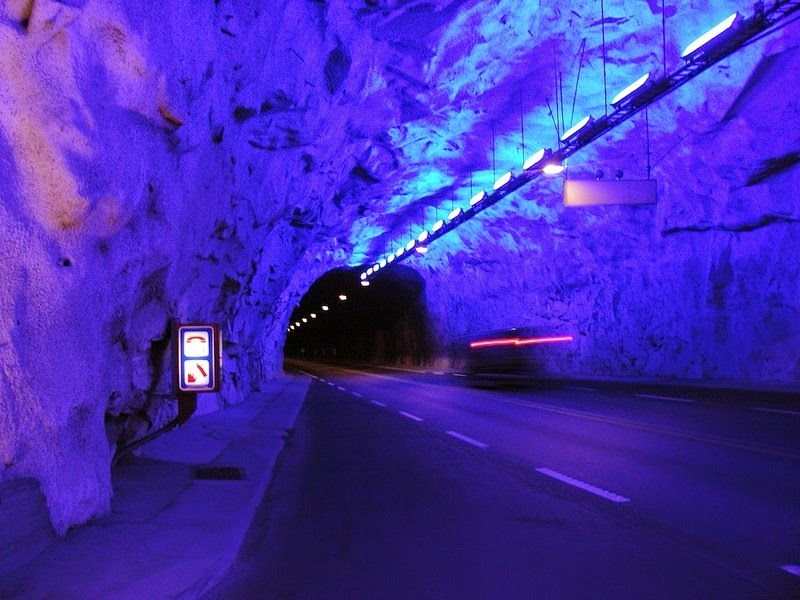
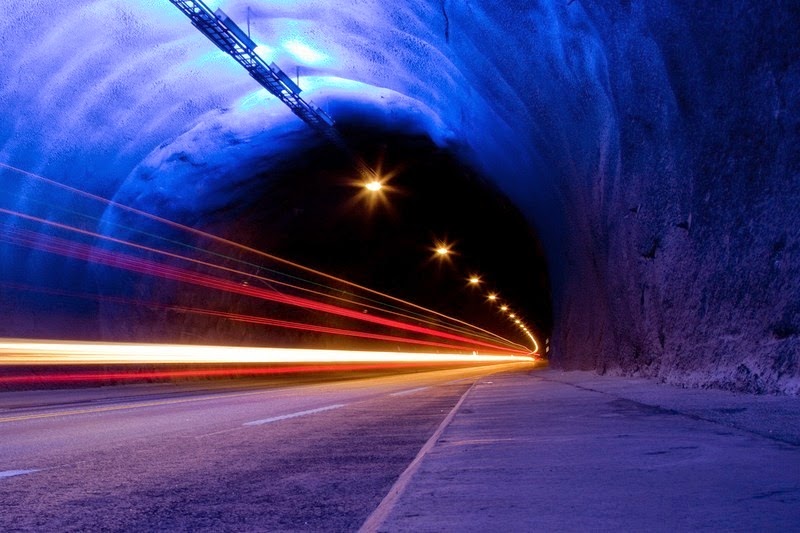
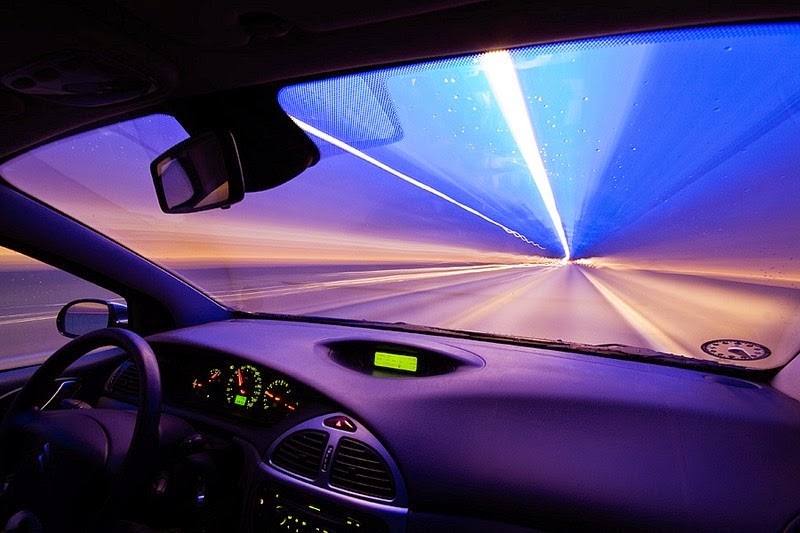
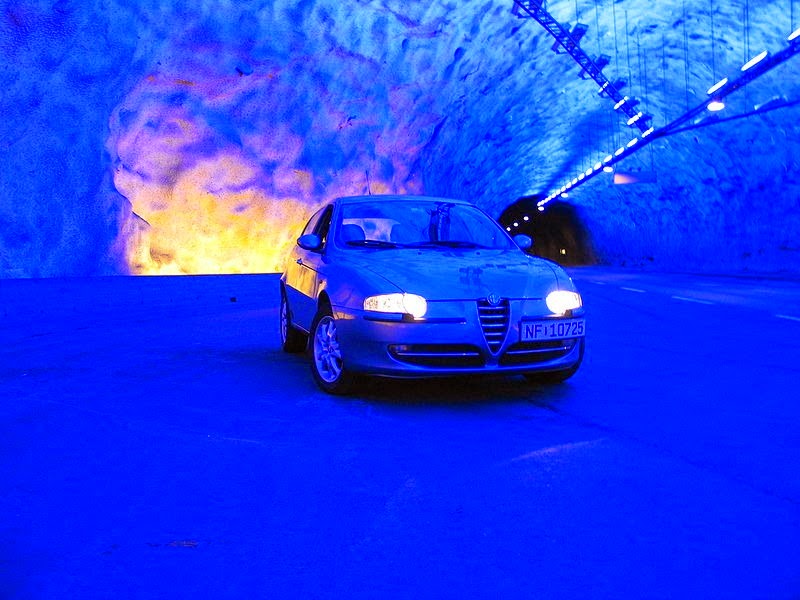
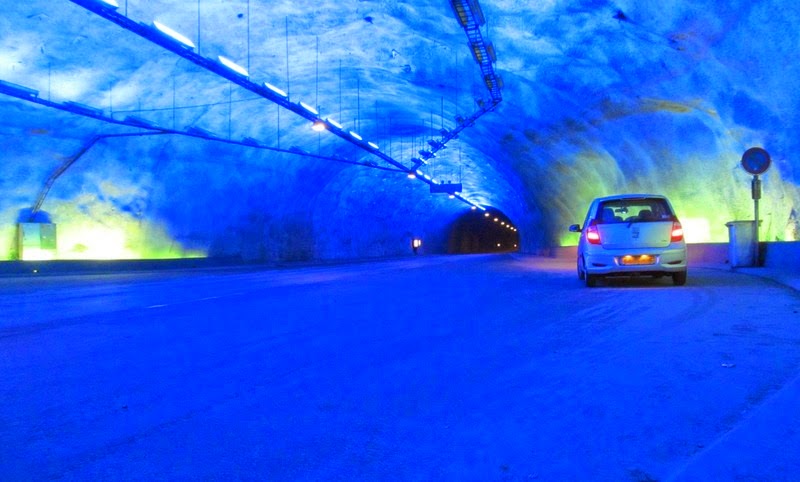
Sources: Wikipedia / Roadtraffic Technology / Bergen Guide / Nat Geo



Comments
Post a Comment